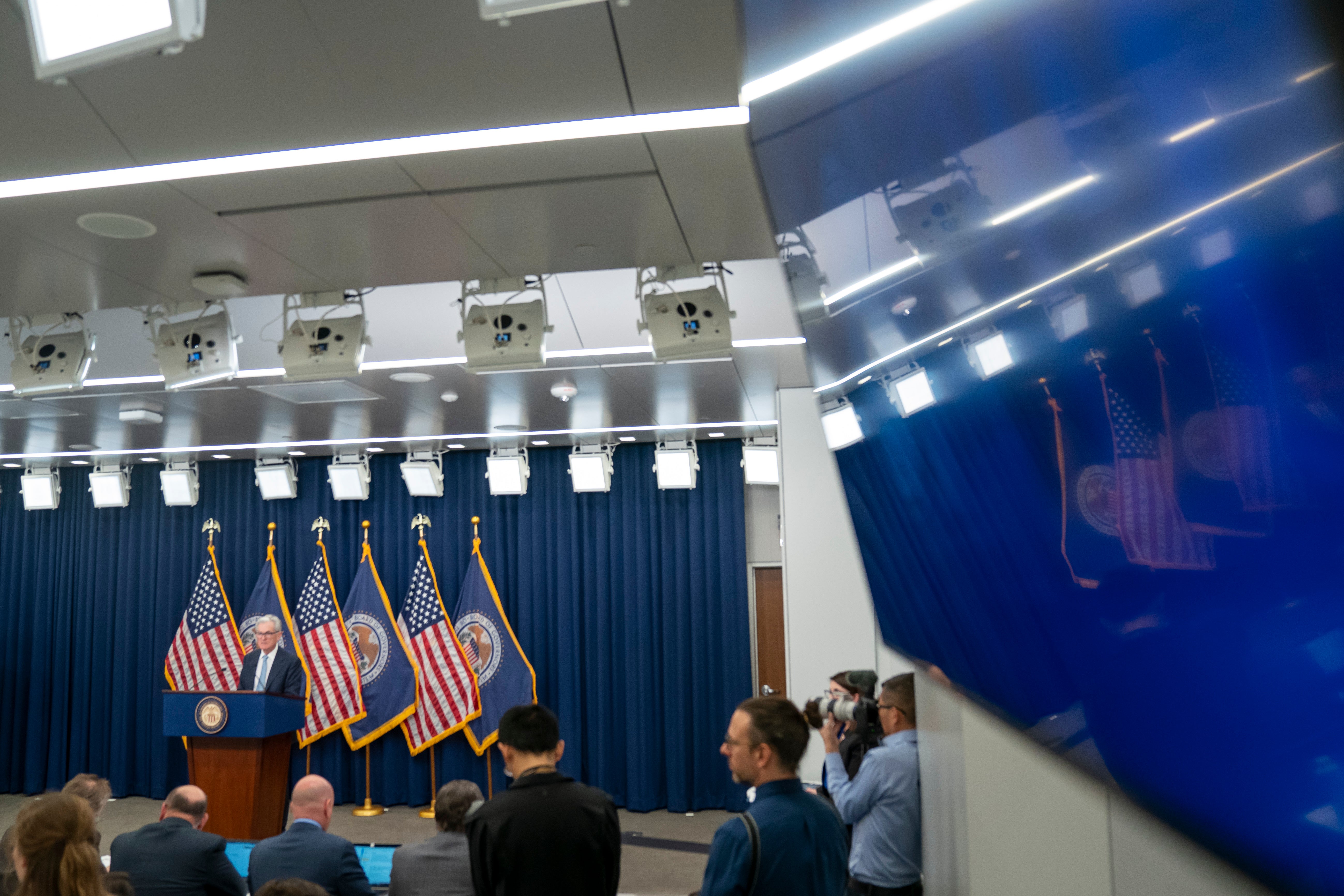Bank turmoil led Fed officials to forecast fewer rate hikes
Turmoil in the banking system after two major banks collapsed led many Federal Reserve officials to envision fewer rate increases this year out of concern that banks will reduce their lending and weaken the economy

Your support helps us to tell the story
From reproductive rights to climate change to Big Tech, The Independent is on the ground when the story is developing. Whether it's investigating the financials of Elon Musk's pro-Trump PAC or producing our latest documentary, 'The A Word', which shines a light on the American women fighting for reproductive rights, we know how important it is to parse out the facts from the messaging.
At such a critical moment in US history, we need reporters on the ground. Your donation allows us to keep sending journalists to speak to both sides of the story.
The Independent is trusted by Americans across the entire political spectrum. And unlike many other quality news outlets, we choose not to lock Americans out of our reporting and analysis with paywalls. We believe quality journalism should be available to everyone, paid for by those who can afford it.
Your support makes all the difference.Turmoil in the banking system after two major banks collapsed led many Federal Reserve officials to envision fewer rate increases this year out of concern that banks will reduce their lending and weaken the economy.
The uncertainty stemming from the banking sector also helped Fed officials coalesce around their decision to raise their benchmark rate by just a quarter-point, rather than a larger hike, despite signs that inflation was still running too high, according to minutes of the Fed’s March 22-23 meeting.
Overall, the minutes showed that the banking troubles inserted enormous uncertainty into the Fed’s decision, and reversed an emerging trend to raise rates even higher to quell inflation.
Before the collapse of Silicon Valley Bank, many officials said they had expected to forecast more than just one additional hike this year because strong economic and inflation data showed that the Fed still had more to do to control the pace of price increases. Instead, Fed officials agreed that the collapse of the two large banks “would likely lead to some weakening of credit conditions,” as banks sought to preserve capital by pulling back on lending to consumers and businesses.
But they also stressed that it was too soon to know how much a cutback in lending could affect the economy. According to the minutes, the tumult in the banking industry “further increases the already-high level of uncertainty” surrounding the economy and job market, the 18 Fed policymakers agreed.
Several officials said they had considered supporting leaving rates unchanged at the March meeting, because of the uncertainty stemming from the banking problems. But they added that actions by the Fed, Treasury Department and Federal Deposit Insurance Corp. had “helped calm conditions” in banking and reduced the risks to the economy in the short run.
Some other officials said they had favored a half-point hike last month because hiring, consumer spending, and inflation data still pointed to a hot economy. But given the uncertainty resulting from the banking troubles, they “judged it prudent” to implement a smaller quarter-point increase.